Searching for X-ray pulsations from Sco X-1
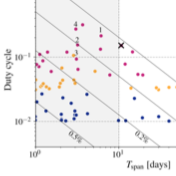 Bright X-ray binaries are thought to be promising candidates for detecting
continuous gravitational waves, because it is possible that the
spin-up torques provided by accretion are offset by gravitational wave
emission to maintain their equilibrium spin periods.
A long-standing project led by Monash PhD student
Shanika Galaudage has sought to use the most sensitive X-ray data available for
the two best candidates, Sco X-1 and Cyg X-2, to make a deep search for
pulsations that would measure the spin of the compact object in these
systems.
The analysis was extremely challenging, particularly for Sco X-1; that source
is so bright that highly unusual data modes need to be selected for
observations with the RXTE/PCA, which complicates the data reduction.
Unfortunately we found no strong evidence of pulsations, but we did derive
the deepest limits on pulse amplitudes ever. The paper describing our results
has now been accepted by MNRAS.
Bright X-ray binaries are thought to be promising candidates for detecting
continuous gravitational waves, because it is possible that the
spin-up torques provided by accretion are offset by gravitational wave
emission to maintain their equilibrium spin periods.
A long-standing project led by Monash PhD student
Shanika Galaudage has sought to use the most sensitive X-ray data available for
the two best candidates, Sco X-1 and Cyg X-2, to make a deep search for
pulsations that would measure the spin of the compact object in these
systems.
The analysis was extremely challenging, particularly for Sco X-1; that source
is so bright that highly unusual data modes need to be selected for
observations with the RXTE/PCA, which complicates the data reduction.
Unfortunately we found no strong evidence of pulsations, but we did derive
the deepest limits on pulse amplitudes ever. The paper describing our results
has now been accepted by MNRAS.
Read the paper
Labels: 2021, /gravitational waves


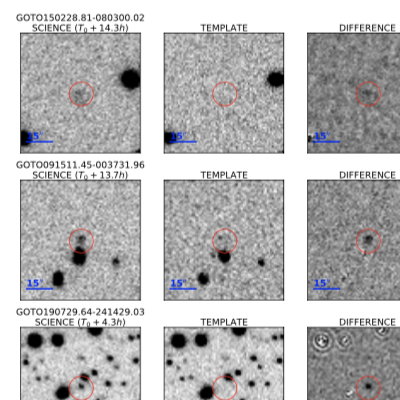 Our
Our 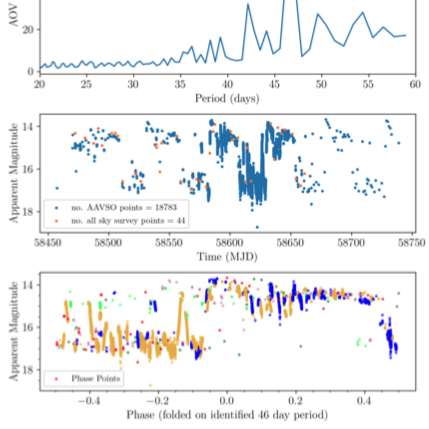 So-called AM CVn systems are the cataclysmic variables (CVs) with the shortest
orbital periods, down to as short as 5 minutes. CVs in turn are binary systems
consisting of a white dwarf accreting from a low mass companion. These systems
are the white dwarf analogue of low-mass X-ray binaries, and exhibit much
behaviour that is qualitatively similar, including accretion outbursts.
So-called AM CVn systems are the cataclysmic variables (CVs) with the shortest
orbital periods, down to as short as 5 minutes. CVs in turn are binary systems
consisting of a white dwarf accreting from a low mass companion. These systems
are the white dwarf analogue of low-mass X-ray binaries, and exhibit much
behaviour that is qualitatively similar, including accretion outbursts.
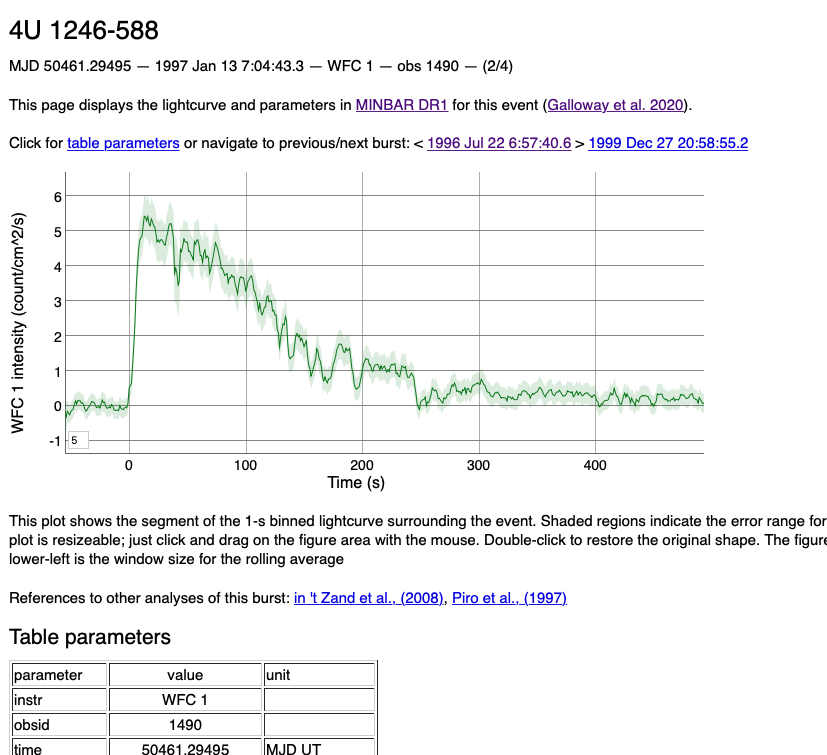 The
The 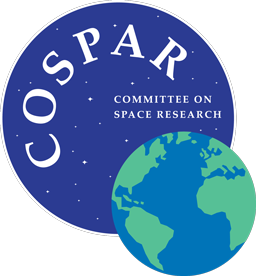 The
The 

